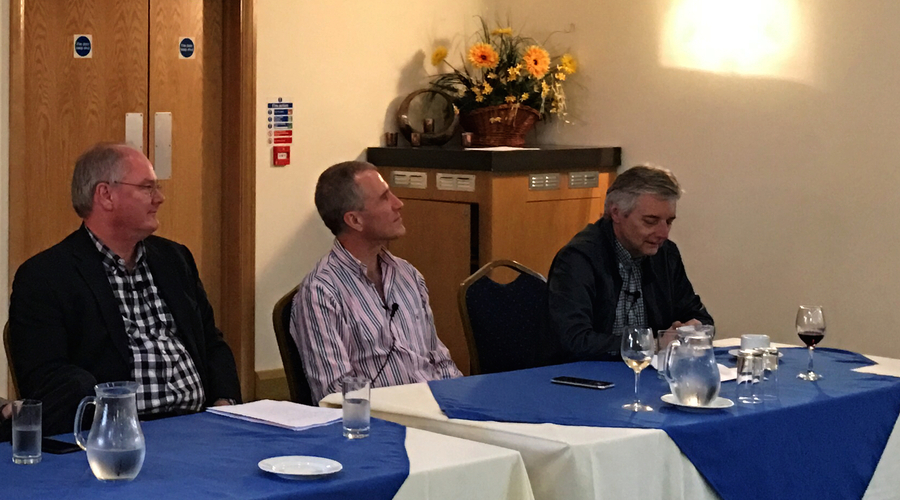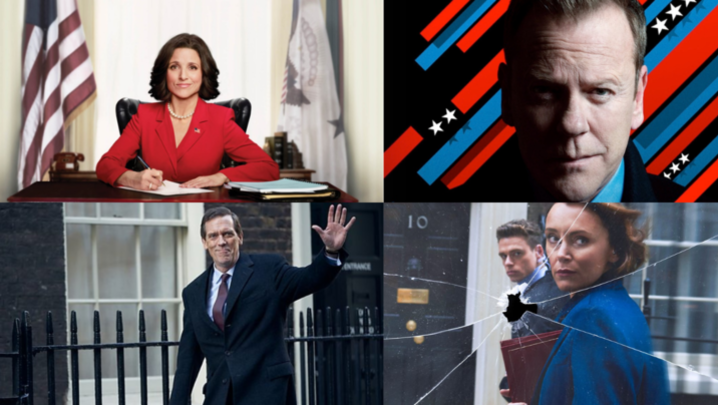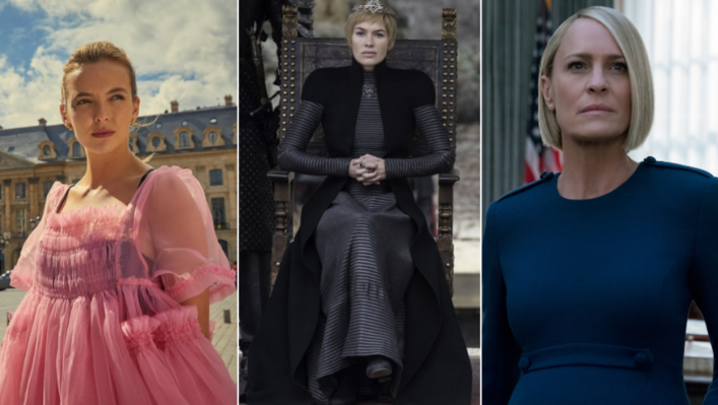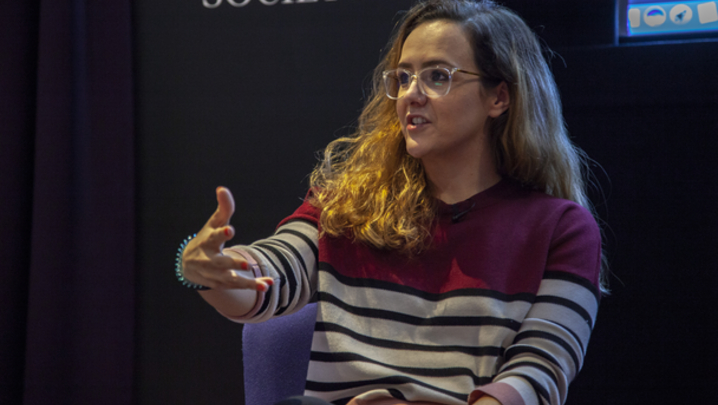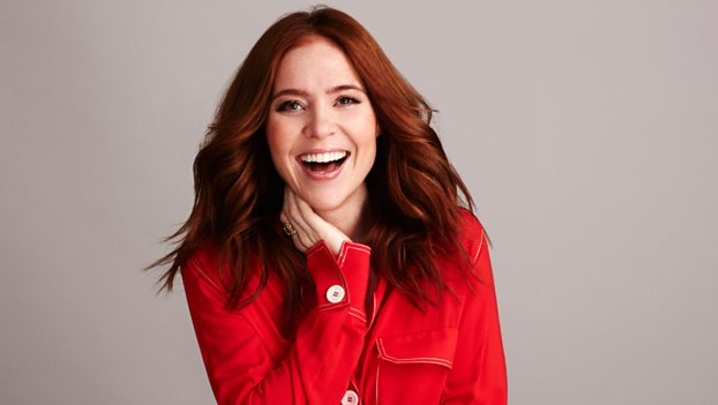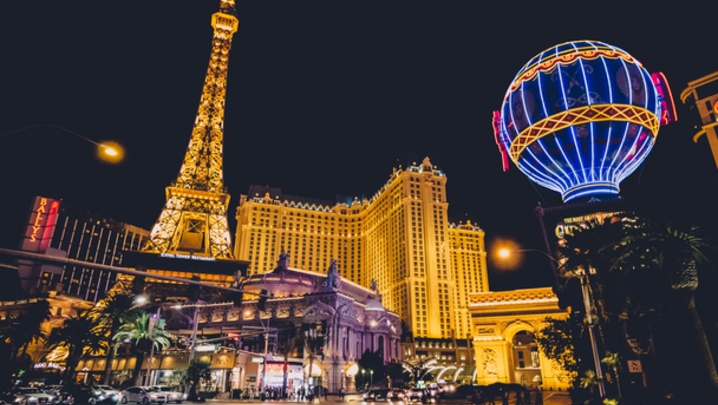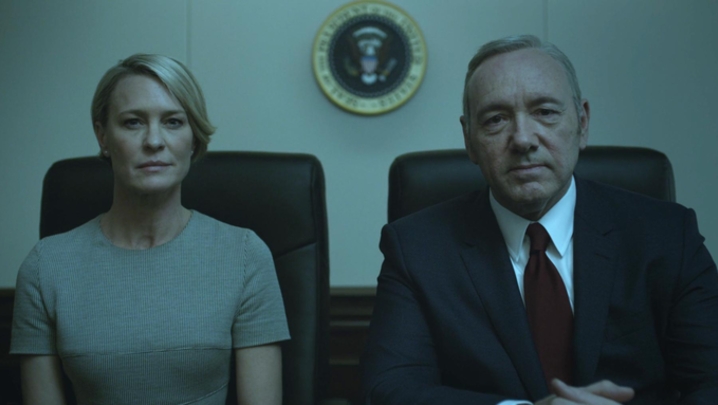With the dust well and truly settled on April’s NAB, Thames Valley assembled a panel of experts to dissect Las Vegas’ annual broadcast technology fair.
The joint event – organised by the RTS Centre and IABM, the international trade association for suppliers of broadcast and media technology – was chaired by Dick Hobbs.
It featured a cross-section of industry luminaries: a vendor/service provider, Mike Knowles from Ericsson; consultants, Bruce Devlin from Mr MXF and Broadcast Innovation’s Russell Grute; a customer, former BBC and Disney executive Keith Nicholas; and IABM’s John Ive.
Item one on the agenda: the usual creative accounting gripes with NAB’s attendance figures. At least the trade fair had the good grace for the first time I can remember to record a fall in numbers, albeit one of only 107 people, from 103,119 in 2015 to 103,012 this year – double and treble registrations not withstanding, of course.
A trivial point maybe but it does lead to a bigger question around the value of these big trade shows to both vendors and customers.
The Thames Valley event, which was held in Reading in late May, then reflected on the disparity between what vendors wanted to sell and what customers wanted to buy. For the former, NAB was all about acronyms and buzzwords – the cloud, SDN, VR, UHD, 4K, HDR – and, of course, IP was everywhere.
The panellists broadly agreed that High Dynamic Range is the new Ultra-HD, that virtual reality is interesting but gimmicky and that internet protocol (IP) is not a wholesale replacement for serial digital interface (SDI) anytime soon. But, as a stepping stone, it is gaining traction with new cross-vendor standards bodies such as AIMS.
Contrast this with what the customers wanted. Top of their wish lists were “greater efficiencies, better return on investment, more inter-operability, better network and viewer analytics and content monetisation”.
They want to know about the problems in their networks and the data behind their customers’ viewing habits. Granted this is rather less sexy than virtual reality or Ultra-HD, but it is a clear indication of the commercial pressures facing broadcasters and content owners these days.
One thing vendors, customers and panellists did agree on is that quality content, whether it’s House of Cards on Netflix delivered to a smart phone or BBC One’s The Night Manager viewed on a 4K screen, is still the lynchpin to our industry.
As Devlin rightly pointed out: “Television is now the content, not the distribution channel.”
Hobbs went further and actually said it out loud: “Content is king.”
Still. It’s good to know in an industry facing huge changes and challenges that some things never change. I guess we’ll all continue to moan about the cost and value of NAB but will still turn up there in our droves next year for the annual pilgrimage.

